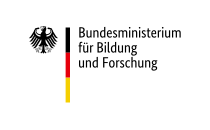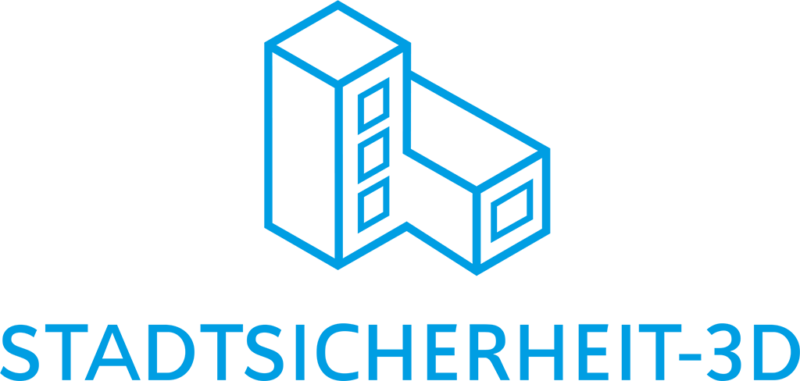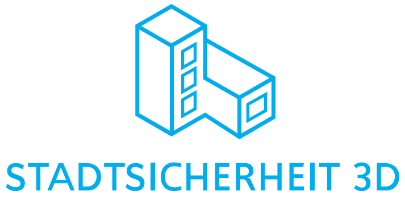SecurityUrban Simulation
Urban Security 3D
Assessment of public spaces with semantic 3D city models
Quality of urban life and economic development both depend on the accessibility and security of public spaces. This project serves as an interdisciplinary investigation into how fear-inducing areas in public spaces could be evaluated and improved with the help of semantic models.
Content
About the project
Urban quality of life, diversity, and economic development depend on the accessibility of public spaces. So-called ‘no-go areas’, where citizens feel unsafe, therefore directly impact the health of a city. There are many, often conflicting methods to identify, assess, discuss, and improve such spaces. But at the same time, with the digitalization of cities, comprehensive semantic 3D city models are also becoming available.
To untangle this complex conflict of methods, an interdisciplinary project was launched by a group of end users that includes the Institute for Urban Planning and Social Research Weeber + Partner, the Central Office for Prevention of the Berlin Police with the Neighborhood Management Moabit West, and others.
The project aims to investigate how possibly feared spaces can be (partially) evaluated and improved with the help of semantic city models. In the context of the project, urban safety is understood as the subjective, (urban) sociologically accessible safety perception of citizens in public spaces.
Factors included in the spatial safety assessment of potential scary places are:
- Places that cannot be seen or are not visible, e.g., due to lack of, fewer, or long sight lines;
- Places that are inaudible, where citizens cannot be heard by others or cannot expect to be heard by others;
- “dark” places, or places that are poorly lit relative to their surroundings; and
- urban spaces that may be highly vulnerable to terrorism and easily damaged, as well as places that are at high risk.
The software developed by Virtual City Systems enables practitioners in the field, such as district mayors, urban developers, or police forces, to conduct an automated security assessment of the city’s spaces. The proposed recommendations for action can then be inserted into 3D city models and their effectiveness simulated, thus ultimately improving the security of shared urban spaces.
Further information
Further links
- Homepage
- Project outline (PDF)
- Project description Leibniz Institut IRS
- Poster inter 3 (PDF)
- Project description Fraunhofer Institut EMI
Videos
Webinar series for the 26th German Prevention Day 2021:
Subjective security perceptions and digital planning tools for more urban security
- Video of the Webinar – “Urban Safety 3D: Analysis and Simulation of Visibility and Audibility”
- Video of the Webinar – “Urban Safety 3D: Online Application for Urban Safety Assessments”
Project funding

Federal Ministry of Education and Research in the program “Research for Civil Security / Future Security in Urban Areas”
Project partners
List of project partners
Project duration
March 2018 – May 2021


